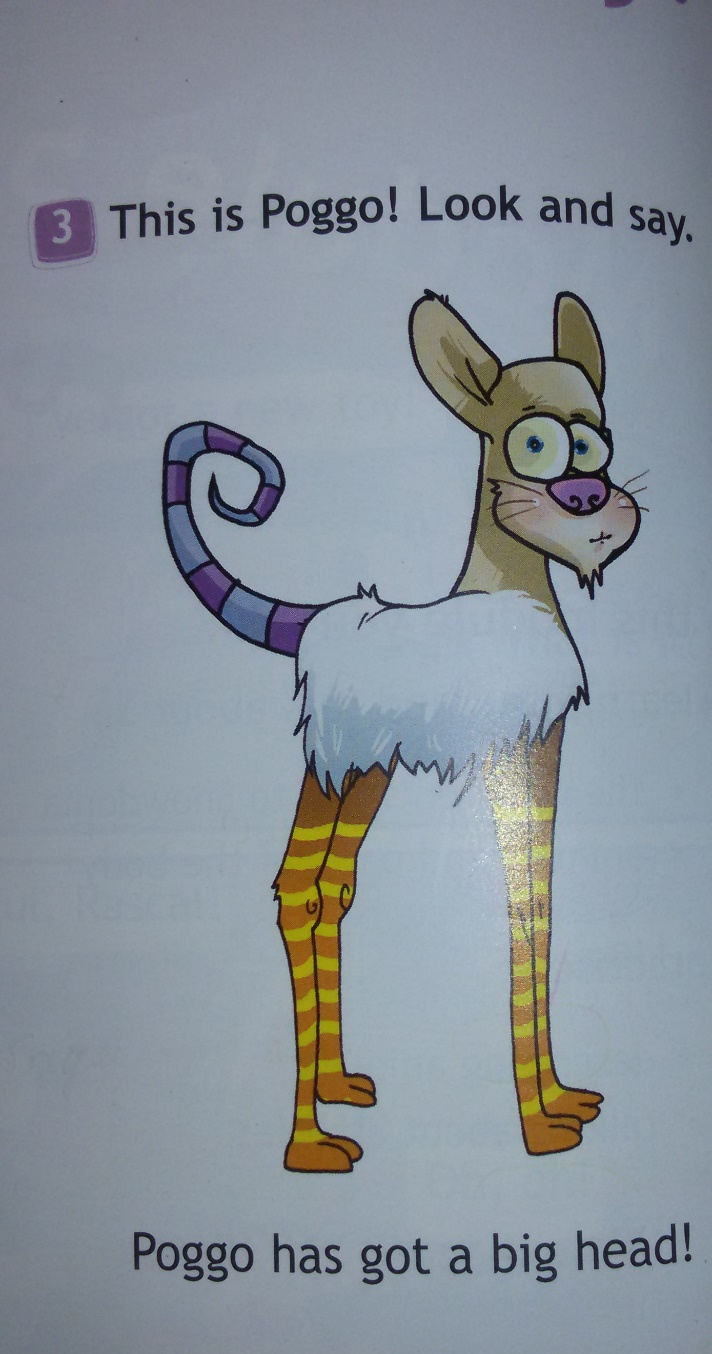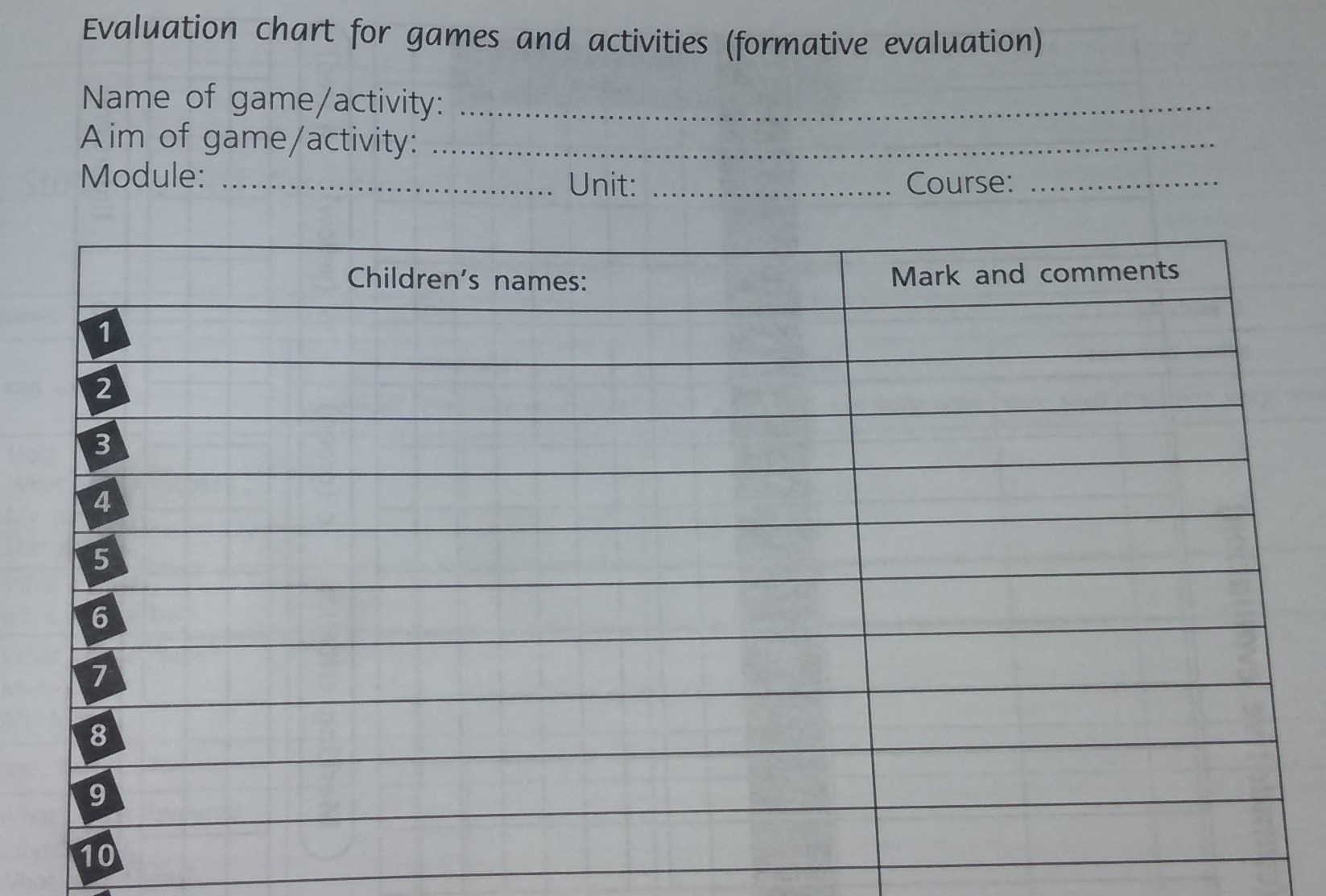- Учителю
- Методическая разработка урока английского языка с детьми младшего школьного возраста с анализом (на английском языке)
Методическая разработка урока английского языка с детьми младшего школьного возраста с анализом (на английском языке)
Кузьмин Сергей Александрович, 212-120-531
</<font face="Times New Roman, serif">Методическая разработка урока английского языка с детьми младшего школьного возраста
Lesson plan
Course book - V. Evans, J. Dooley, N.Bykova. Spotlight 3. - M.-Express Publishing\Prosveshcheniye Publishers, 2014
Module 5 "Furry friends"
Lesson - 9 a
Aim: By the end of the lesson the children will be able to describe the picture of an imaginary animal.
Skills: listening, reading and speaking
New language: active (head, legs, body, tail, thin, fat, short, long, "has got", "It's got a …")
Revision: mouth, nose, ears, big, small, words naming animalsIntroduction
(2 min)
Greetings. Introduction of a new module
Greets the pupils. Introduces a new module page.
Greet the teacher. Listen to what they will learn in this module
If necessary, the teacher may use L1
Warm-up
(3 min)
To revise the names of animals
Introduces the topic of the lesson ("Funny cows!") and asks the pupils to name the animals they remember
Name the animals (e.g. a bird, a frog, a chimp)
Introducing the new words (matching)
(10 min)
To introduce the new words and do some exercises with them (to develop listening skills)
Using flashcards the teacher name the words (small nose, big ears, small head, big eyes, thin legs, fat body, short tail, long tail) and writes them on the white board.
Pupils listen to the teacher and repeat the words (listen to get the main idea)
Pupils may repeat the words in chorus or one by one
Removes the flashcards from the board, gives them to children, asks them to match the cars to the words written on the board.
Match the cars to the words written on the board.
This task can be done in the form of a competition
Asks the pupils to open their books and find ex. 1 p. 73. Plays the tape, asks the pupils to repeat.
Open the books, listen for detail and repeat
Appendix 1
Introducing the new grammar
(case study)
(10 min)
To introduce the new grammar and use it (to develop listening, reading, speaking skills)
Shows the picture and says "It's a cow. It's got a big mouth!" Asks pupils to repeat, then make their own sentences (ex.1,2 p. 74)
Listen, repeat, make their own sentences.
Children work in pairs.
(Example: "It's a chimp. It's got big ears")
Appendix 2
Using the new words and grammar in new situation
(10 min)
To describe an imaginary animal using the example (to develop reading, speaking skills)
Show the picture of an imaginary animal, asks to read the example (Poggo has got a big head!) and describe the animal.
Look at the picture, read the example, describe the animal.
Appendix 3
Production
(7 min)
To describe an imaginary animal (to develop speaking skills, to personalise)
Asks pupils to divide into groups, gives out crayons and paper sheets, asks them to draw an imaginary animal and describe it to the class
Divide into groups, to draw an imaginary animal and describe it to the class
Appendix 4
After work the display is made.
Assessment. Reflection.
(3 min)
To evaluate the work
Fills in the evaluation chart for activities
(Appendix 5)
Fills in progress report cards
(Appendix 6)
After the lesson pupils put progress report cards in their portfolios
Appendix 1

Appendix 2

Appendix 3

Appendix4

Appendix 5

Appendix 6

Post - lesson reflection note
This lesson was taught with the pupils of the 3rd class. There are 16 pupils in the class of ages 8-9. Speaking about learning styles of the pupils we can group them into 3 types of learners: visual (those who are good at drawing, arts and crafts), interpersonal (they are best in mixing with others, understanding others, leading) and logical (they prefer exploring patterns, logic).
Most of the pupils are interested in learning English, have a positive attitude to English classes and are very creative.
In my work with the class I use the course-book of V. Evans, J. Dooley, N.Bykova. Spotlight 3. - M.-Express Publishing\Prosveshcheniye Publishers, 2014. This course suits my pupils as it matches their learning styles. The materials for the lesson were taken from Module 5 "Furry friends", Lesson 9 a. It was the first lesson on the module. That's why more time was taken to introducing new vocabulary and grammar structures (head, legs, body, tail, thin, fat, short, long, "has got", "It's got a …") and revising already known words (mouth, nose, ears, big, small, words naming animals).
The presentation stage began with revising words naming animals introducing new vocabulary. I tried to organize the stage so as to respond to the abilities of all the pupils- visual learners (flash - cards, words written on the board), auditory learners (tape - recording), kinaesthetic learners (put the cards next to the written words).
At the practice stage I offered my pupils a series of exercises to develop their reading and speaking skills. They matched words and pictures, made sentences, discussed in pairs, drew pictures, described the picture according to the example.
At the production stage the students made a mini-project in groups, so everyone could find the task possible for his\her learning style (drawing, making sentences, presenting).
Analysing the results I can say that we reached the aim of the lesson - to describe the picture of an imaginary animal. 90% of pupils productively used new words and grammar structures in their descriptions. In the progress report cards 85% of pupils noted that they can identify animal body parts and describe the animal as very well,10% as OK and 5% as not very well. Besides, I think that the exercises were relevant to learners' needs. They were fun, interesting, motivating and meaningful.